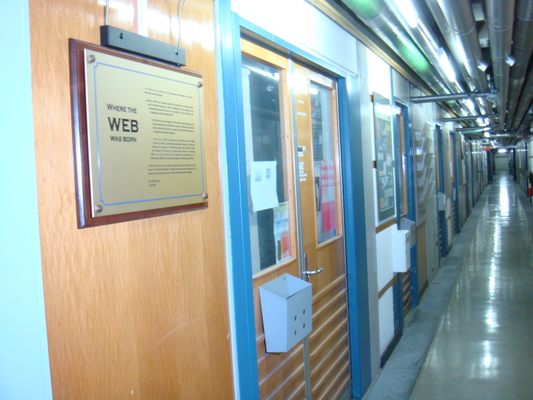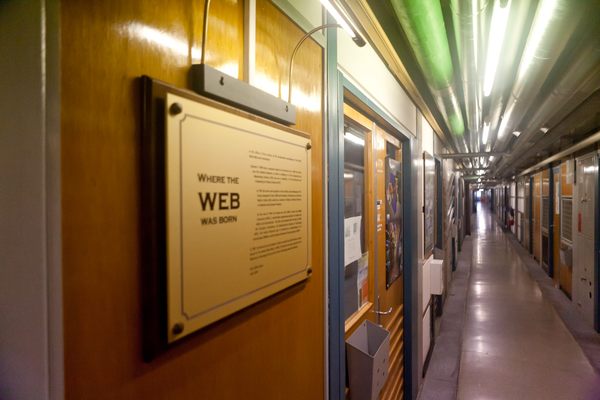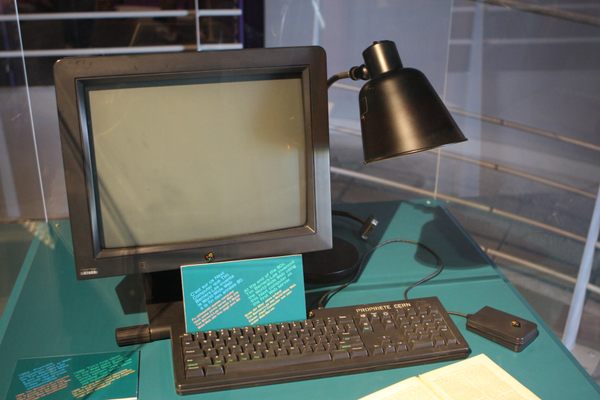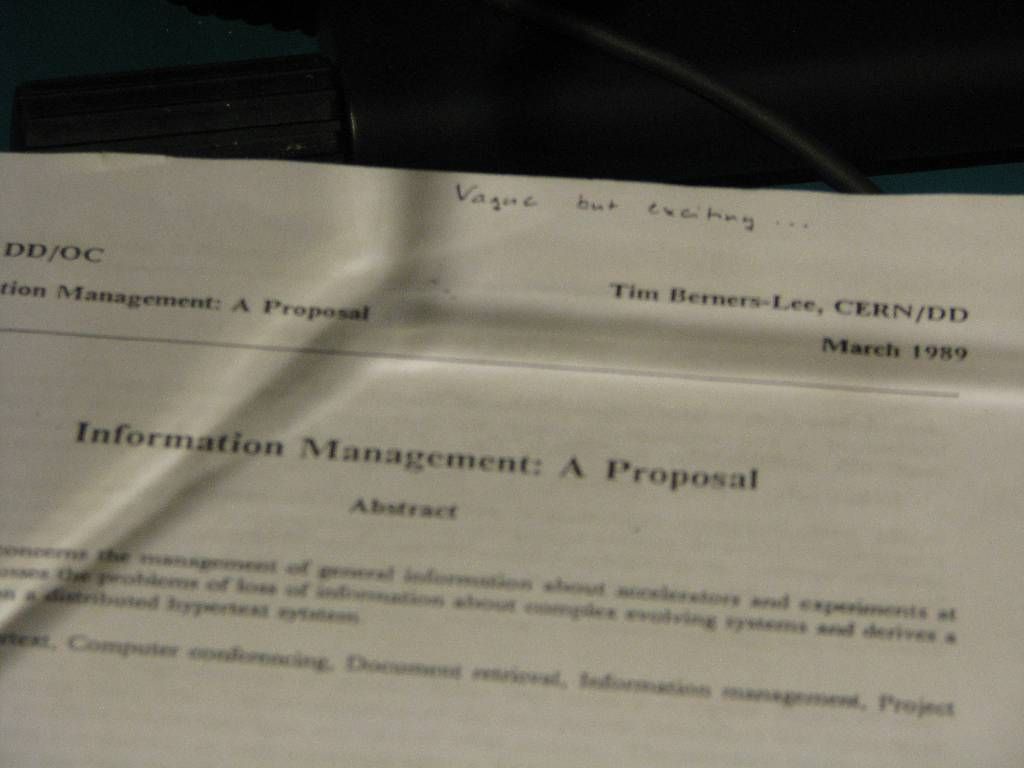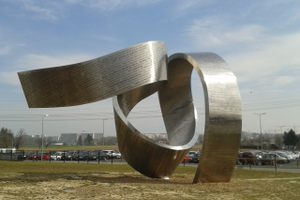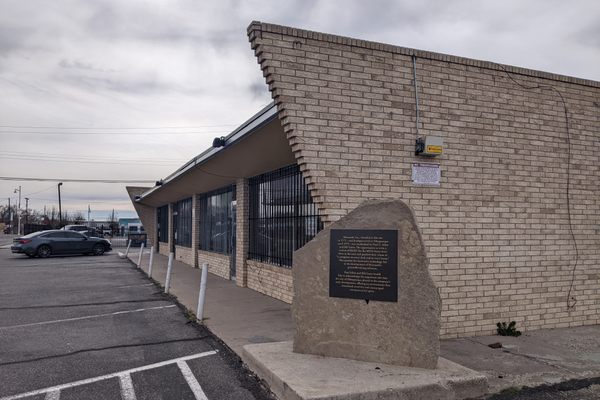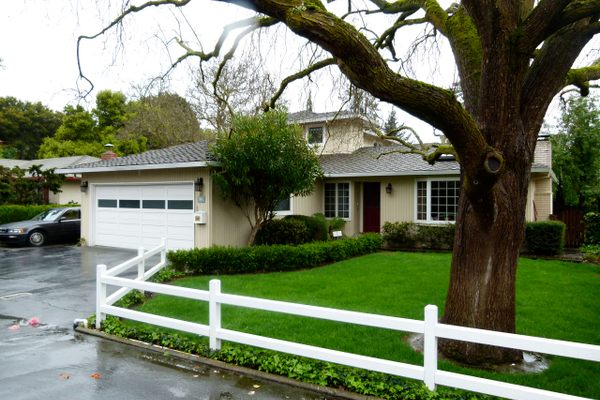About
It may look like any other hallway, but look closely and you'll notice a historical plaque commemorating a monumental event in digital history: the birth of the web.
The World Wide Web was invented in 1989 by British scientist Tim Berners-Lee. The web, though omnipresent in the age of the internet, was originally meant to be a communication tool for scientists scattered at universities and other institutes around the world.
Berners-Lee was working at CERN, the European Organization for Nuclear Research, when he developed the world’s first website. Though simple in appearance, this amazing technological feat revolutionized how we share and store information.
The first website was dedicated entirely to itself: a white page bearing nothing but typed hyperlinks. It described the WWW project, as well as core features of the web like how to set up a server and access documents. It was hosted on Berners-Lee’s NeXT computer, which is still at CERN. In 1993, CERN put the World Wide Web software in the public domain.
Interestingly, Berners-Lee faced some pushback for his invention, as some at CERN believed it was a waste of resources and wasn’t part of the organization’s core mission. Now, however, the organization at least marks the corridor where the web was born.
Related Tags
Know Before You Go
This is inside one if the CERN office buildings and not normally accessible to visitors.
Published
April 17, 2018
